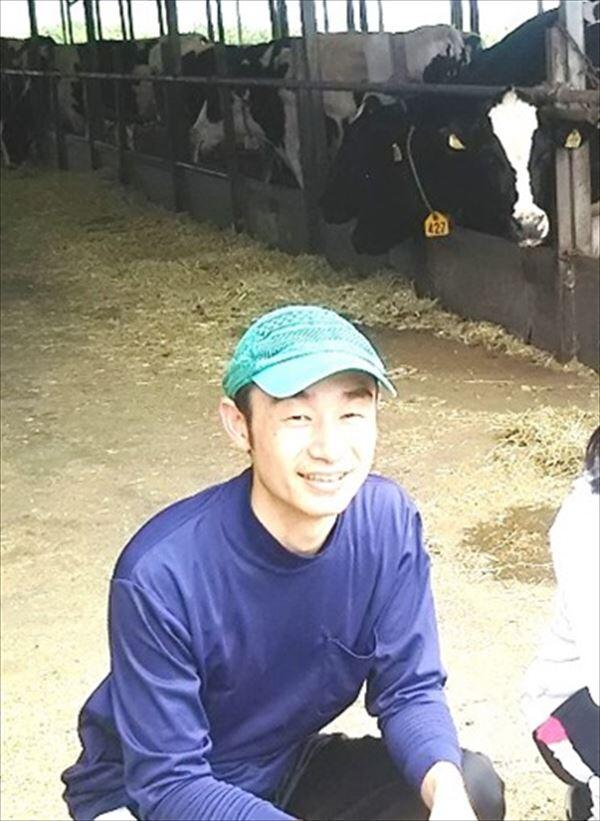Summary of our research
A research group led by Professor Nobuhito Sekiya and Associate Professor Makoto Kondo from the Graduate School of Bioresources at Mie University has discovered that forage rice varieties, which have few grains and abundant stems and leaves, form massive root systems and accumulate large amounts of starch and nitrogen compounds. In some Japanese paddy fields, rice is cultivated for use as cattle feed. This contributes to both the supply of domestic feed and the effective utilization of paddy fields. However, scientific research on this distinctive rice has been limited, and the characteristics of the root system, an organ covered by irrigation water and soil, remained unknown due to the complexity and labor-intensive nature of such investigations.
The research group revealed that this forage rice develops a root system more than twice the size of normal varieties, and for the first time in the world, they discovered the accumulation of starch and nitrogen compounds in these roots. The cellulose composing the structure of these massive root systems and the large amounts of accumulated starch serve as food for soil microorganisms, while the nitrogen compounds become important nutrients for rice cultivated the following year. In other words, cultivating forage rice not only provides the stems and leaves as feed for dairy cattle but also exerts effects similar to applying compost through the massive root systems with accumulated nutrients, expected to play an important role in sustainable rice production going forward.
The results of this research were published online in the international academic journal "Field Crops Research" on July 1, 2024.
Researcher information

Nobuhito Sekiya
Graduate School of Bioresources Professor
Specialized area:
Crop Science
Current research field:
Sustainable Rice Production (Organic Rice Farming)

Makoto Kondo
Graduate School of Bioresources Associate Professor
Specialized area:
Animal Science
Current research field:
Nutritive evaluation of ruminant feed